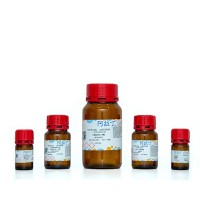Mutation Assays in Bacteria
互联网
644
Although there are many variations of assays measuring the ability of a test chemical to induce mutation in bacterial cells,
by far the best known (and probably the best known of all mutagenicity tests) is the Ames test. The methods described in this
chapter are largely based on those developed by Bruce Ames and his coworkers in the 1970s and early 1980s (1
,2
). Since then, this test has gained worldwide acceptance as a rapid, reliable, and economical method for screening compounds
for potential genetic activity at the nucleotide level. Many studies have been undertaken that have examined the correlation
between bacterial mutation assay results (3
–5
) and carcinogenicity (usually in rodents), and the results show that these assays are worthy of a place in a battery of short-term
tests for assessing a potential mutagenic or carcinogenic hazard to humans.








